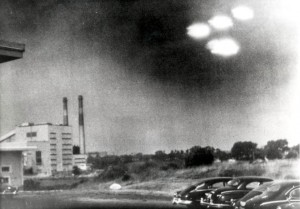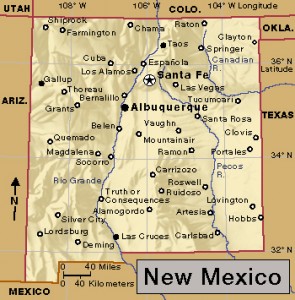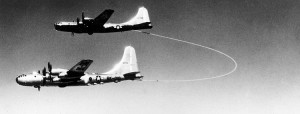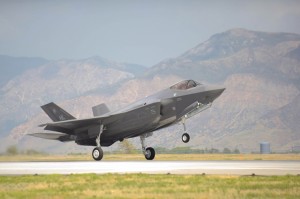Project Blue Book
Wednesday, December 18th, 2019December 18, 2019
Yesterday, December 17, marked 50 years since the United States Air Force ended Project Blue Book in 1969. The project, which began in 1952, was an official research study of UFO’s (unidentified flying objects). A UFO is a light or object spotted in the air that has no obvious explanation. Some people believe UFO’s are spaceships from other planets.

Four unidentified objects appear as bright lights in the sky in this 1952 photograph taken in Salem, Massachusetts. Credit: © Popperfoto/Alamy Images
Project Blue Book began in part because of widespread public interest in UFO’s. Reports of UFO’s were increasingly occurring in the United States and around the world in the 1940′s and 1950′s. Officials in the U.S. Air Force felt obliged to investigate the phenomenon. Their reasoning was that they needed to determine where UFO’s came from and whether they posed a threat to national security. Investigators with the project collected thousands of reports and conducted many interviews with civilians and military personnel who claimed they had interactions with UFO’s in some form.

Click to view larger image
A “flying disc” UFO was said to have crashed near Roswell, in southeastern New Mexico, in 1947. The Air Force said the mysterious craft was a weather balloon. Credit: WORLD BOOK map
Project Blue Book followed an earlier government project investigating UFO’s called Project Sign. This project began in 1947, following widespread media coverage of a UFO sighting reported by Kenneth Arnold, a civilian pilot. Arnold claimed to have seen a group of silvery, crescent-shaped craft flying at high speed near Mount Rainier, Washington, on June 24, 1947. His sighting led the press to coin the term flying saucer for UFO’s. A mysterious crash of what some people believed was a UFO near Roswell, New Mexico, was also reported that same year.
Project Sign was disbanded after one year of investigations that found little of interest. However, one member of the project, Air Force Captain Edward J. Ruppelt, argued that UFO’s were real and extraterrestrial in origin. Ruppelt is credited with coining the term UFO. Project Sign was shut down and the staff were reassigned. It was later reconstituted as Project Grudge. The investigators of this project produced a report that concluded that UFO’s were not real. However, by 1952, Ruppelt was once again asked to lead Project Blue Book, the final official government investigation of UFO’s. He was joined by the noted American astronomer J. Allen Hynek. The Project Blue Book team amassed a great number of UFO reports and sightings from many witnesses.
The U.S. Central Intelligence Agency (CIA) was tasked with evaluating the large volume of information collected during Project Blue Book. In 1953, the CIA organized a panel of scientific experts led by the physicist Howard Percy Robertson to review the material. The Robertson Panel concluded that most reported UFO sightings were worthless and declared that reasonable explanations could be suggested for most, if not all, sightings. Therefore, the panel said, the government should work to debunk (prove false) UFO sightings. However, critics argue that the panel obscured those reported UFO sightings that might have some validity.
In the years following the Robertson Panel, the directors of Project Blue Book were dismissive of most UFO reports and sightings. Publicly, the government saw UFO investigations as a waste of time. In the 1960’s, Congress established another committee to study the evidence for UFO’s. The physicist Edward Condon served as chairman of this committee. The Condon Committee issued a report in 1968 that concluded there was no genuine evidence for extraterrestrial UFO’s. The government used the report to justify ending Project Blue Book. The government took the position that UFO’s were misidentifications of known phenomena, hoaxes, or products of mass hysteria. The official records of Project Blue Book are kept at the National Archives in Washington, D.C. The records are available to the public.





